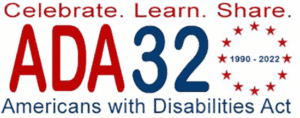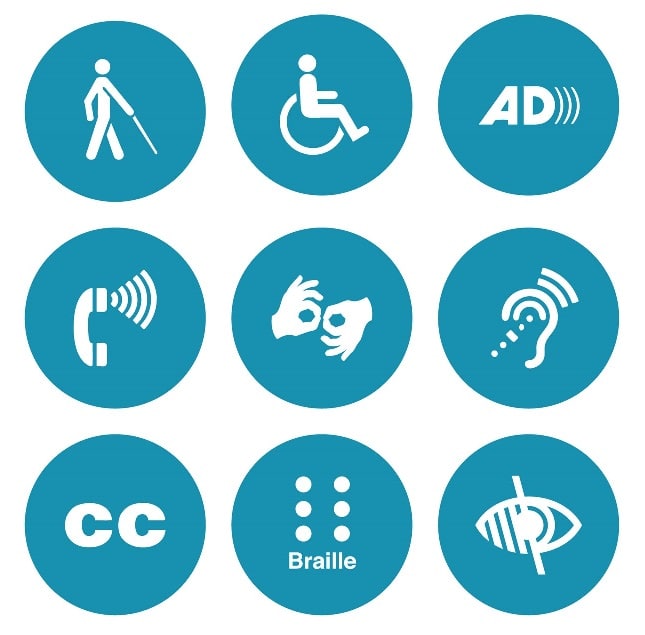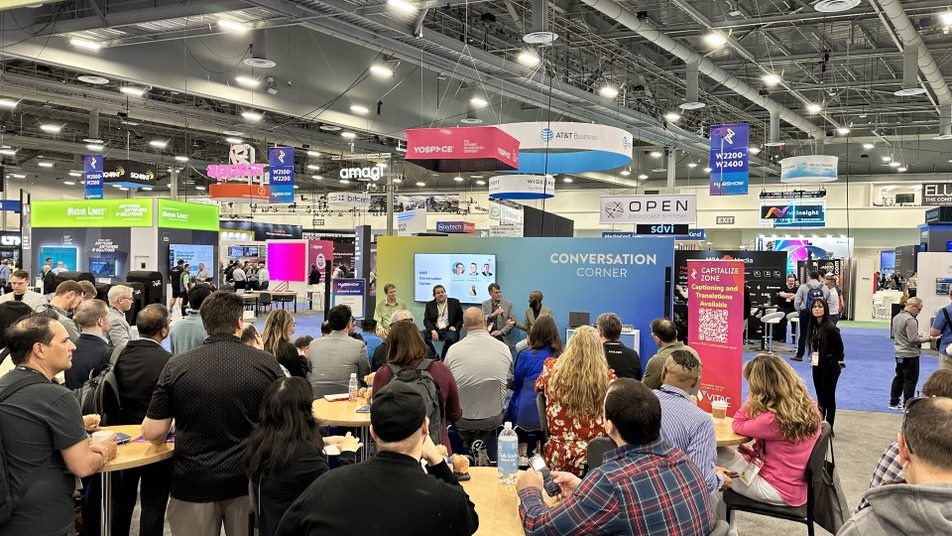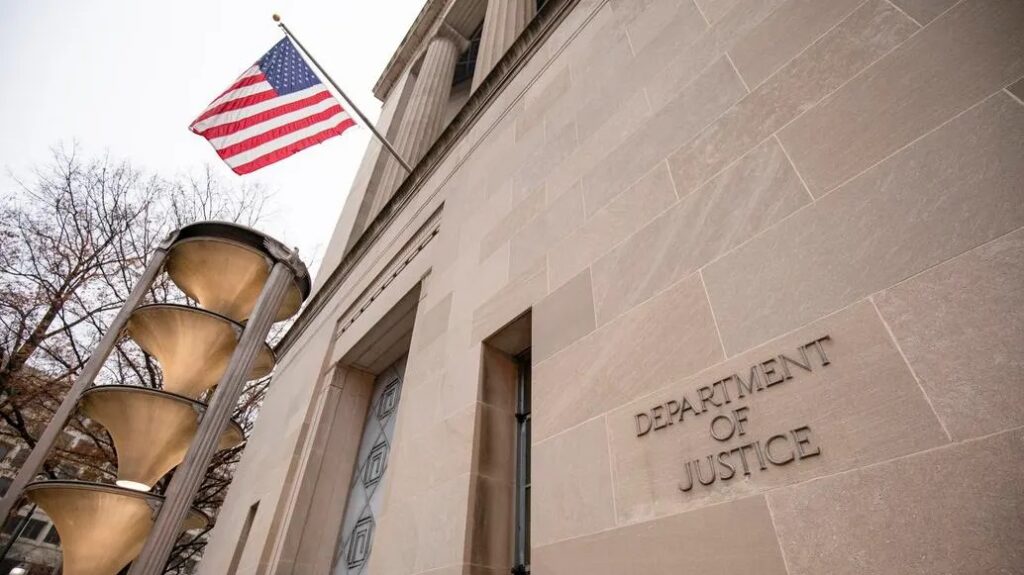Signed into law by President George H.W. Bush on July 26, 1990, the Americans with Disabilities Act (ADA) was a pivotal moment in United States history. A culmination of years of determined work by people with disabilities and disability advocates, the act was groundbreaking because it changed how the country regarded disabilities and how they were defined.
Among other things, the ADA and its amendments ensure fair employment practices, equal access to jobs, physical access to all public and private spaces, accessible communications, and accessible public transportation.
 A civil rights law to prohibit discrimination against individuals with disabilities, many of the rights and benefits we now take for granted were made possible by the act. This year adaanniversary.org is encouraging everyone to celebrate on social media using hashtags #ADA32 and #ThanksToTheADA. The goal is to help everyone realize how much the ADA has improved daily life for the millions of Americans with disabilities and for everyone.
A civil rights law to prohibit discrimination against individuals with disabilities, many of the rights and benefits we now take for granted were made possible by the act. This year adaanniversary.org is encouraging everyone to celebrate on social media using hashtags #ADA32 and #ThanksToTheADA. The goal is to help everyone realize how much the ADA has improved daily life for the millions of Americans with disabilities and for everyone.
Though the ADA didn’t specifically name captions as a requirement for television, it did raise awareness on the need for accessibility in all areas of life, including communications and telecommunications. Captioning rules and regulations have since expanded over the years, reinforcing the need and absolute right of equal access to television for deaf and hard of hearing viewers.
Below is a brief outline of how captioning rules and regulations have expanded since the ADA passage.
- 1990 – The Television Decoder Circuitry Act mandated that all televisions 13 inches or larger manufactured for sale in the United States contain caption decoders.
- 1996 – The Telecommunications Act of 1996 required that digital television receivers contain caption-decoding technology, and set forth benchmarks that would promulgate the use of captioning.
- 2010 – The 21st Century Communications and Video Accessibility Act required, among other things, that video programming that is closed captioned on TV also be captioned when distributed on the Internet.
- 2012 – A settlement in National Association of the Deaf (NAD) v. Netflix would provide increased access to movies and television streamed on the Internet for people who are deaf and hard of hearing. The lawsuit charged the entertainment giant with violating the ADA by failing to provide closed captioning for most of its content.
- 2015 – Resolving concerns from deaf and hard-of-hearing communities to improve captioning quality, the Federal Communications Commission (FCC) put in place a series of Caption Quality Best Practices, which included rules for accuracy, synchronicity, completeness, and placement of captions.
- 2016 – Online video clips are required to be closed captioned if any portion of the clip appeared captioned on television or via IP at any time. A similar rule went into effect one year later that required montage video clips to be closed captioned from any prerecorded programming captioned on television or via IP.
The ADA also does not explicitly mention audio description. Still, as with captioning, it has become a way to provide accommodations for visual and video communications to those Americans who are blind or with low vision. Audio description has become more popular with increased availability and awareness.
Below is a brief breakdown of how rules and regulations have been expanded for audio description since the passage of the ADA.
- 1998 – Congress amends the Rehabilitation Act to add section 508, requiring federal agencies to make their electronic and information technology accessible to people with disabilities.
- 2000 – The FCC enacts policy to require the four major TV networks in the top 25 Designated Market Areas (DMAs) as well as the top five cable networks to offer at least 50 hours of programming with audio description during primetime or children’s programming per quarter. This was unfortunately stalled, as the District of Columbia Court of Appeals ruled in 2002 that the FCC could not enforce the policy.
- 2010 – the 21st Century Communications and Video Accessibility Act gave the FCC jurisdiction to enforce video description requirements.
- 2012 – Audio description quotas detailed in the 2000 policy are reinstated for the four major TV networks in the top 25 DMAs and the top five cable networks to offer at least 50 hours of programming with audio description during primetime or children’s programming per quarter.
- 2016 – A settlement between the American Council of the Blind (ACB) and Netflix is reached, requiring Netflix to provide increased availability of videos with audio description in its streaming service.
- 2020 – Warner Media reaches a settlement with the American Council of the Blind to expand audio described offerings and include an easy-to-find audio description category in HBO Max’s navigation menu.
While it’s clear that there remains plenty of work to be done in ensuring accessibility for all Americans, 32 years later, the ADA continues to provide a promise of true inclusion.




